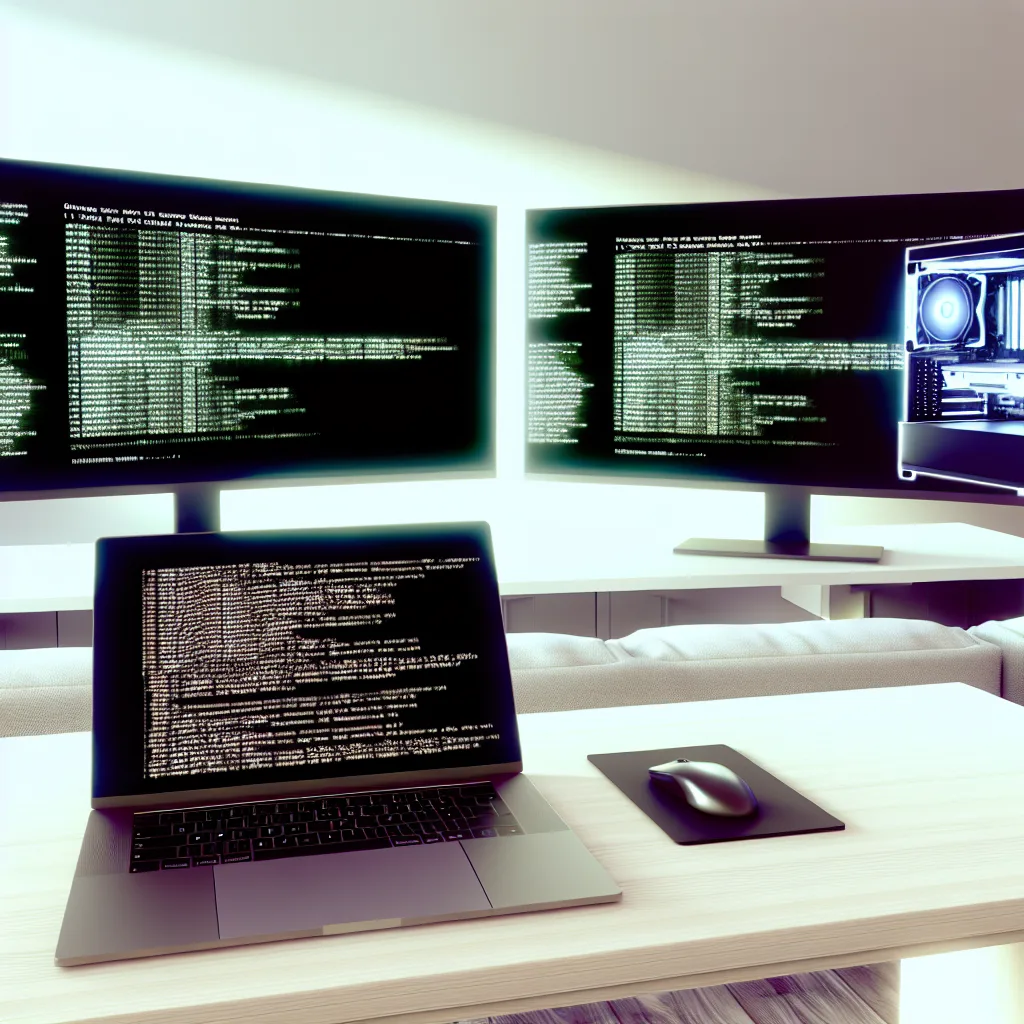Exploring the role of laptops in AI development and practical tips for incorporating them effectively
When you first start diving into AI development, one big question pops up: do you really need a powerful laptop? I recently explored this myself and learned a few things about how an AI development laptop fits into the workflow. Whether you’re training small models for practice or building web applications to showcase them, your laptop use can vary quite a bit.
The Role of an AI Development Laptop
I wanted to understand if having a high-spec laptop was a must-have for AI work. On one hand, a laptop with strong hardware could handle tasks like training smaller models or doing quick tests when on the go. On the other hand, I realized that many developers prefer to remote into their desktop machines or use cloud-based services for heavy lifting. This makes total sense because desktops can be powerhouses with GPUs like the Nvidia RTX 4090 and lots of RAM (I’m talking 32GB or more), which are expensive to pack into a laptop.
Laptops shine when you want portability—maybe working from your favorite café or attending a meeting where you want to show your project without lugging a desktop.
Remote Access and VMs Save the Day
For heavy compute tasks, most AI developers rely on virtual machines (VMs) or remote desktop setups. These let you tap into more powerful hardware when you need it, without being tied down to a single machine. If you’re at home or somewhere with a good internet connection, remoting into your desktop workstation or even a cloud server keeps your laptop focused on lightweight tasks like coding, data processing, or running experiments that don’t need crazy GPU power.
In fact, popular cloud platforms like AWS, Google Cloud, and Microsoft Azure offer tailored AI and machine learning services that scale with your needs. This means your laptop just needs enough power to interface smoothly rather than crunch models all day long.
Practical Laptop Setup Tips for AI Developers
- Don’t overspend on GPU-heavy laptops unless you travel frequently or won’t have steady access to your desktop or cloud resources.
- Focus on RAM and SSDs for faster code compiling and handling data locally.
- Use your laptop for development and testing code — reserve intense training for desktop or cloud.
- Consider lightweight, efficient setups that can run Linux or Windows with your preferred development tools.
Bringing It All Together
At the end of the day, your laptop is just one part of your AI development toolkit. It’s less about having the most powerful laptop and more about using it wisely in tandem with desktops and cloud services. A solid, reliable laptop paired with remote access to heavier compute really rounds out your workflow.
If you’re new to AI development and considering how a laptop fits in, this balanced approach might save you money and hassle while keeping everything flexible.
For more detailed tips on building your AI work environment, check out NVIDIA’s official developer resources and ML Dev Tips on Medium.
So, how do you use your laptop in AI development? It might just be the right tool for the right moments, rather than the whole show.
